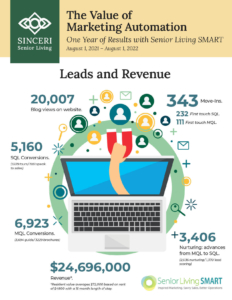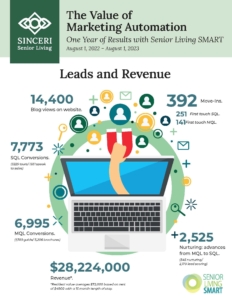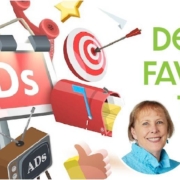Using Behavioral Science in Marketing: What to Keep in Mind

On a recent episode of our Senior Living Marketing Perspectives podcast, Debbie Howard interviewed Nancy Harhut, founder and chief creative officer of HBT Marketing.
Nancy is all about getting prospects to take action, and she accomplishes this through a keen understanding of behavioral science. (We encourage you to read her book: Using Behavioral Science in Marketing: Drive Customer Action and Loyalty by Prompting Instinctive Responses.)
Below, we’re highlighting key takeaways from the podcast, including tips for using behavioral science in marketing your senior living community.
What is behavioral science in marketing?
Simply put, behavioral science in marketing involves understanding how people make decisions. And guess what? People rarely make neat and tidy decisions that follow a linear path based solely on logic or rational arguments.
As much as we marketers and sales folks like to think that simply delivering the right message to the right person at the right time is all we need to do, the reality is it’s more nuanced than that.
“Very often there are other factors at play that influence people’s decisions,” Harhut says, “and a lot of times, they’re not even aware of them.”
With significant financial investments—like senior living—you might think prospects are weighing the pros and cons and doing a cost-benefit analysis. But they’re more likely thinking things through with their heart rather than their brain.
“People make decisions for emotional reasons,” Harhut explains, “and then they later justify those decisions with rational reasons. So what that says to us, in marketing and sales, is we need both. We need both of those components. We need the rational reasons and the emotional reasons.”
But the trick is to lead with emotional reasons much earlier in the buyer’s journey.
Fostering an emotional connection also fosters trust.
When you emotionally connect with people, they tend to trust you more.
“And when people begin to trust you more,” Harhut says, “they’re more open to your story. They’re going to absorb what you have to say. They’re more likely to believe you. And, at the end of the day, probably more likely to do business with you.”
This is why you can’t wait until an in-person sales interaction to trot out the emotional components of your senior living marketing efforts. You must speak to people’s emotions from the start, which usually begins on your website.
3 ways to develop an emotional connection with prospects through a screen.
1. Develop messaging that demonstrates empathy.
Too often in senior living marketing, we lead with bright-and-shiny facts rather than honest emotion: You won’t have to do chores like mowing the lawn! You’ll have access to a gazillion activities! You’ll enjoy five-star dining!
What if instead we led with something like this . . .
“We know moving into senior living is a HUGE and often scary, frustrating, anxiety-inducing decision. Not to mention, everyone’s situation is different. You might be excited at the prospect of ditching the honey-do list, while someone else might be sad about leaving their forever home. Or maybe it’s the other way around, and you’re the one feeling unsure and sad. This is precisely why we won’t try “selling” you on senior living. Instead, our goal is to be as transparent as possible about what life is like in our community, how you might fit in, and the steps we take to help new residents transition into their new homes.”
Which one is more honest, authentic, and empathetic? Which speaks to a broader spectrum of emotions that many people experience before moving into senior living? It’s the second one.
Identify with prospects in a very empathetic way to build that all-important emotional connection. (Check out our article on empathetic marketing.)
2. Acknowledge challenging emotions.
When you lead with nothing but positives about your community—great care, great food, great amenities—you’re making it all about you. Not to mention, most communities boast the same things.
Instead, try leading with some of the more challenging emotions your prospects are experiencing, like worries over declining health, concerns about having enough money to finance senior living, sadness over the loss of a spouse, and a whole lot of other hard, ugly, upsetting emotions.
And don’t forget about the emotions the adult children have.
Harhut says, “If you’re hearing people say, ‘Look, I’m afraid my mother’s going to hate me when I do this.’ Or ‘It’s breaking my heart to make this decision,’ use that language because it’s real, it’s authentic, it’s where they are, and they’re going to say, ‘Oh my gosh, you guys understand me.” And you get that bond.”
- PRO TIP: With smart content, you can adjust the messaging that viewers see based on rules you set, like whether they’re first-time or repeat visitors. So, you could share emotional messages with first-time visitors. During people’s subsequent visits, you can serve up messaging that might hit more of the logical, rational arguments. Smart content is also known as “dynamic” or “adaptive” content. Like anything else, you’ll want to pay attention to the results. Experiment, measure, lather, rinse, and repeat.
3. Brainstorm barriers—and how to overcome them.
Consider why people object to moving into senior living—and remember that those barriers will vary depending on the audience and even the level of care. For example, when an adult child is in urgent need of memory care for their parent, barriers to entry might be pricing, bad reviews, or guilt about putting their parent “in a home.”
However, the barriers to entry for people choosing senior living from a position of strength—think of younger boomers interested in retirement communities—might be, “Is this too indulgent? Do I have the money? Is this really the lifestyle for me?”
Address those barriers in your marketing messages by making an emotional connection and demonstrating empathy first. From there, you can build out the rational reasons.
Harhut says, “A lot of times in marketing and sales, we’re all about why someone should do something. And there’s nothing wrong with that. Obviously, we do want to talk about why you should do this, why it would be good for you, the benefits and advantages that you’ll get from it. But sometimes we need to think about why might someone not want to do what I’m asking them to do? And what’s the smartest thing I can say to overcome that hurdle or that barrier.”
Need help developing the right messages to get your prospects to act?
Our writers and messaging gurus understand how and when to use emotions ethically and responsibly in the marketing assets we create for clients. Get in touch and let’s discuss messaging for your community.




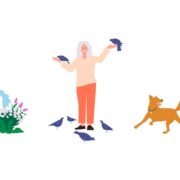
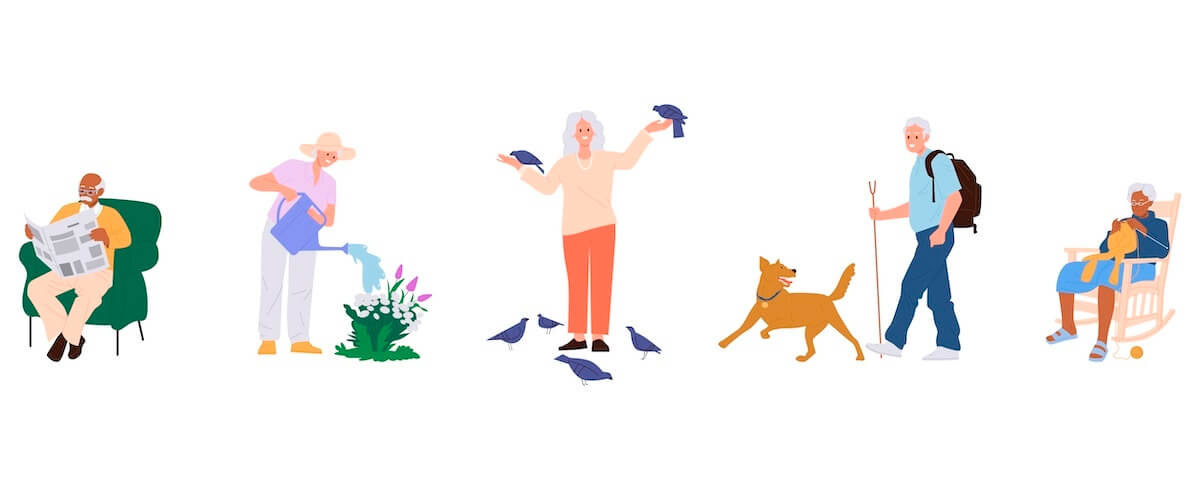

 Too many senior living marketing and sales teams think their work is done once a prospect signs a lease. The problem with this thinking? The teams are missing an opportunity to help residents AND the community at the same time.
Too many senior living marketing and sales teams think their work is done once a prospect signs a lease. The problem with this thinking? The teams are missing an opportunity to help residents AND the community at the same time.


